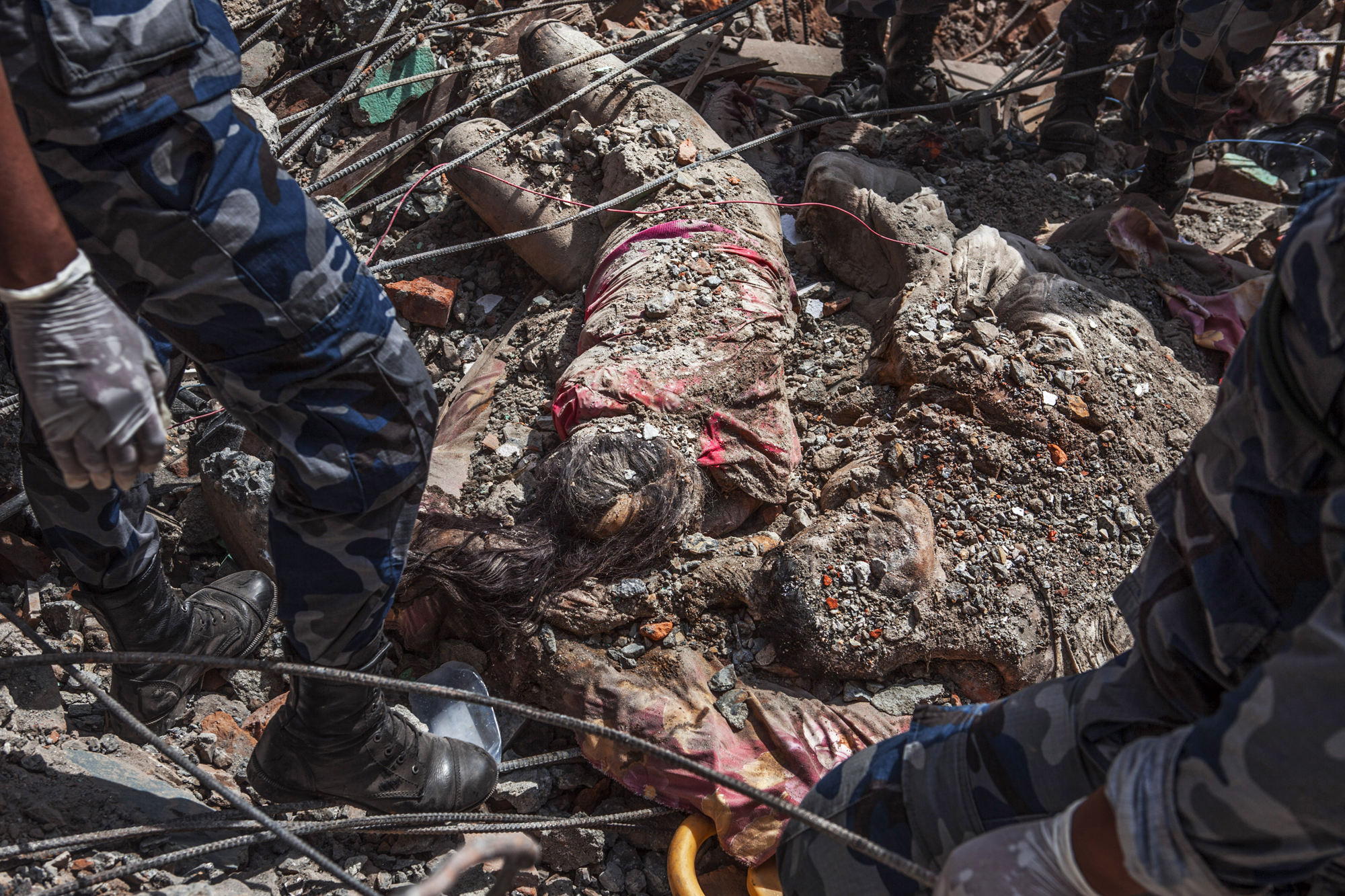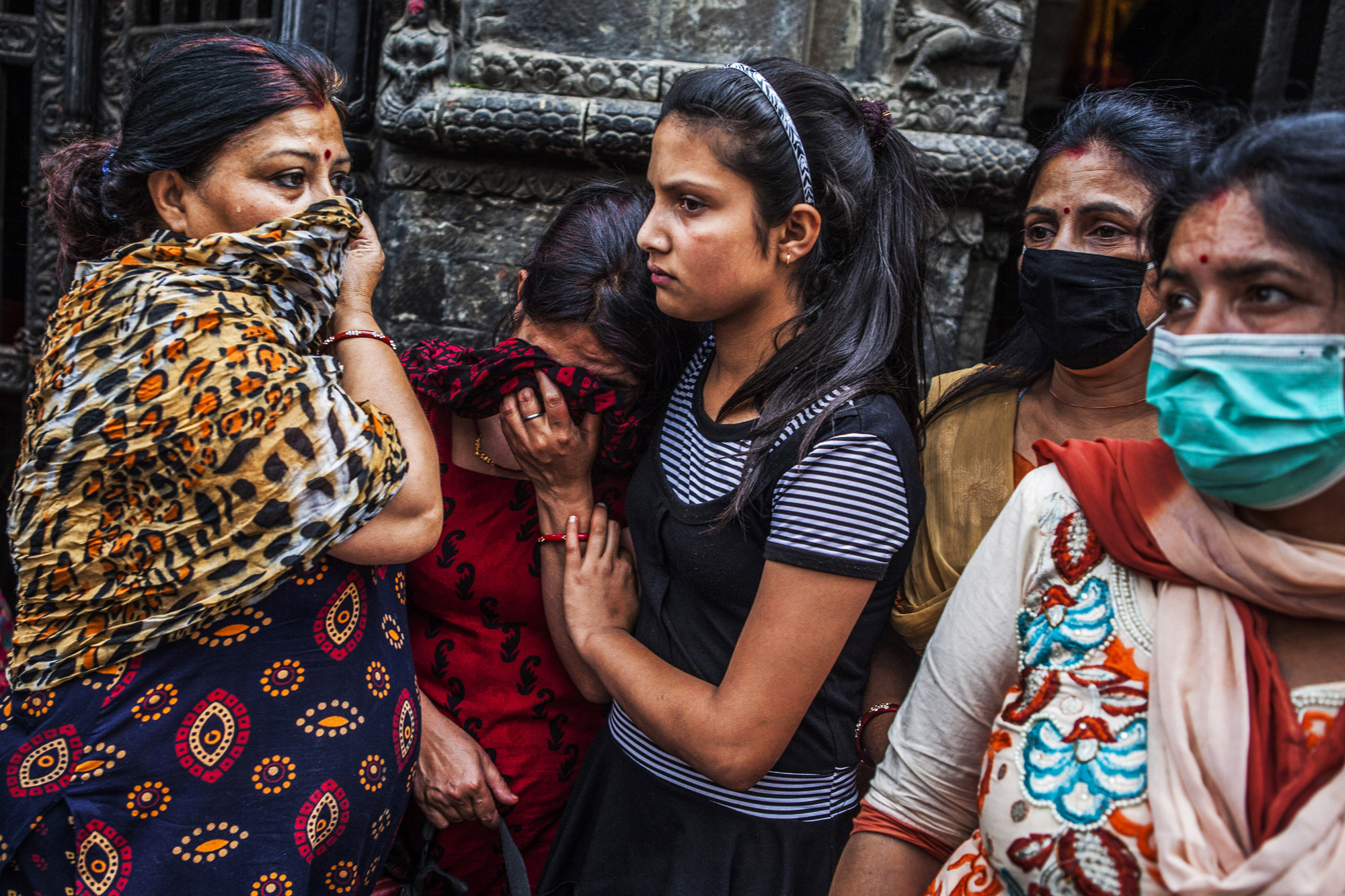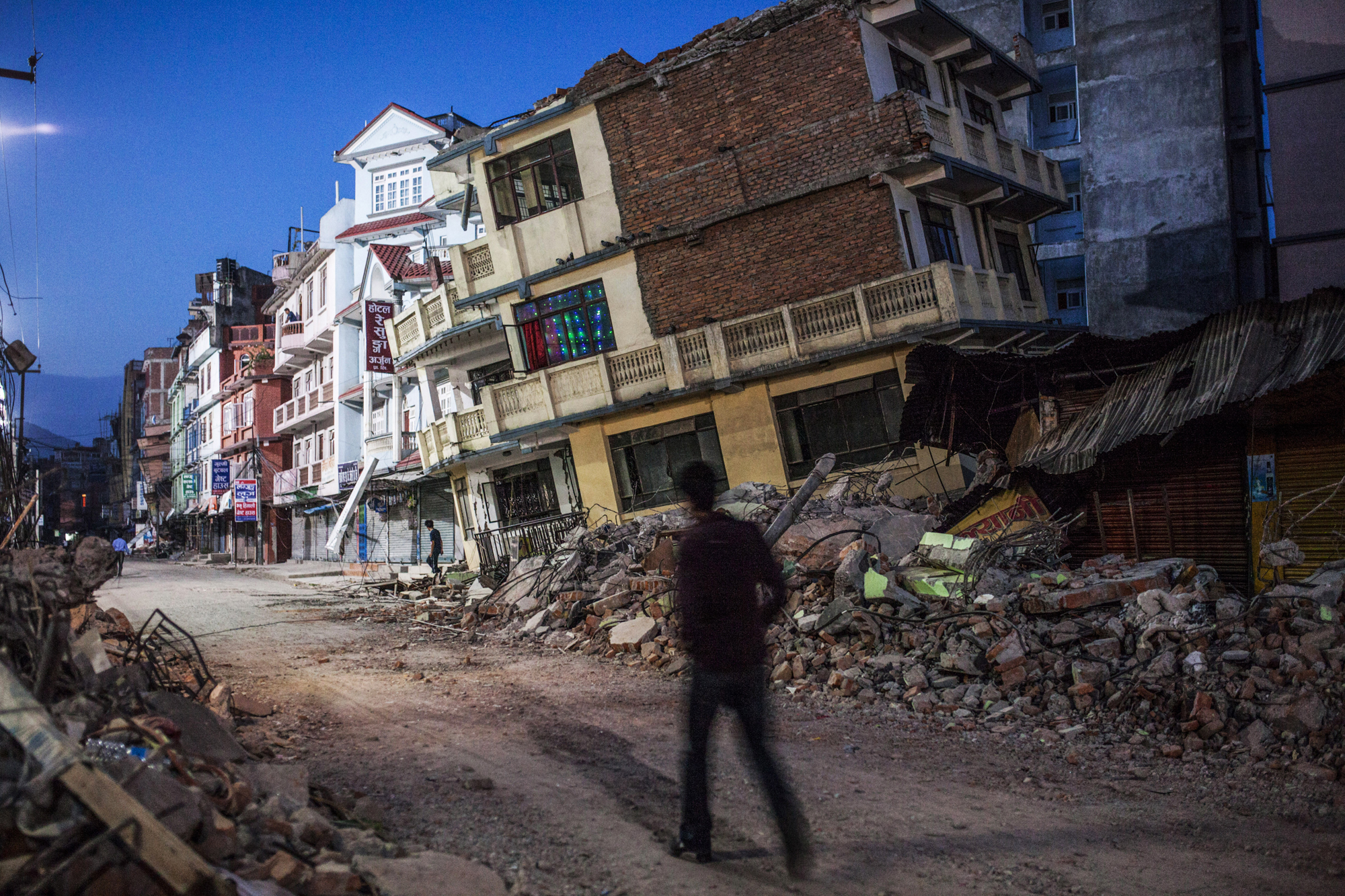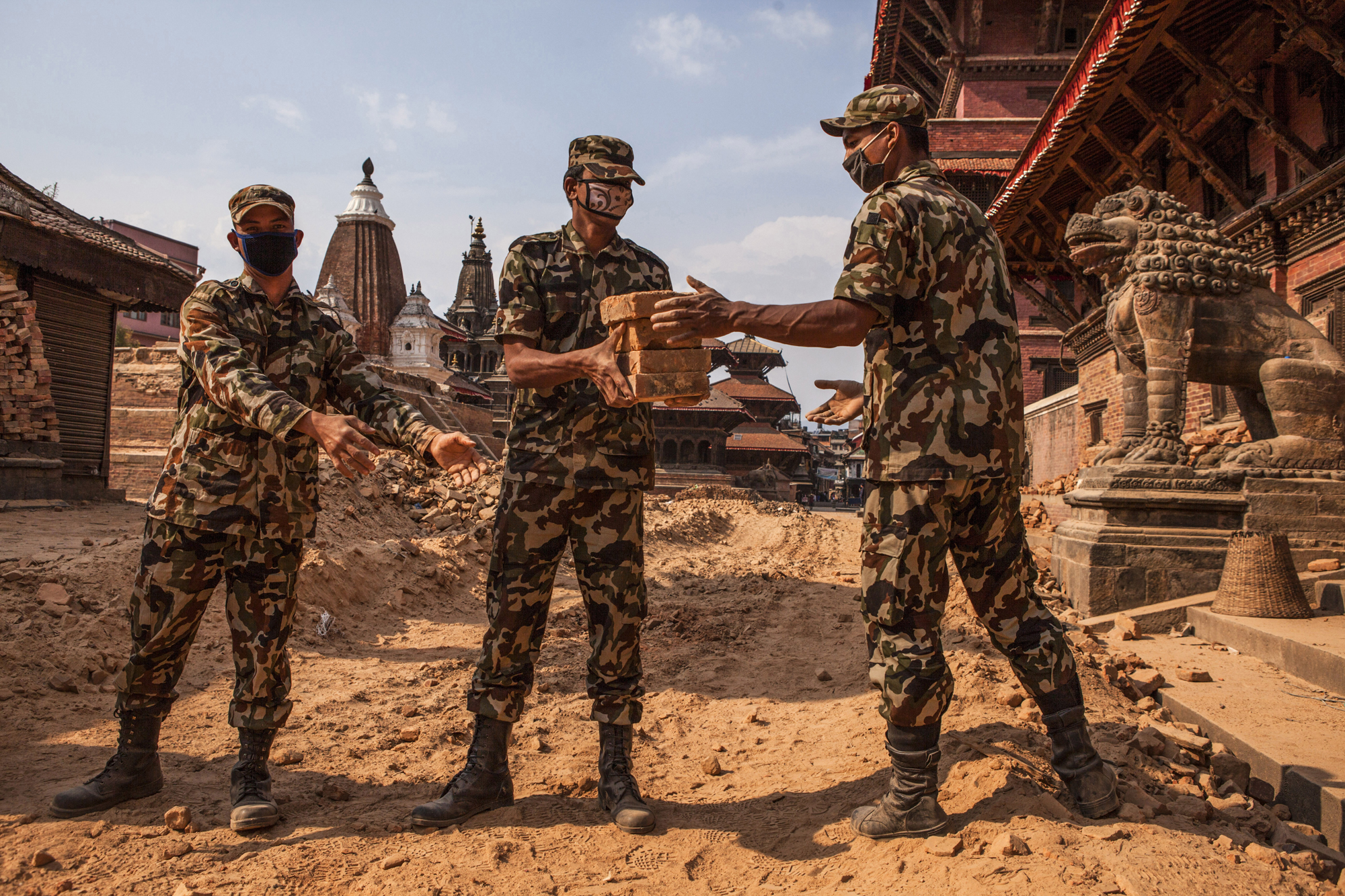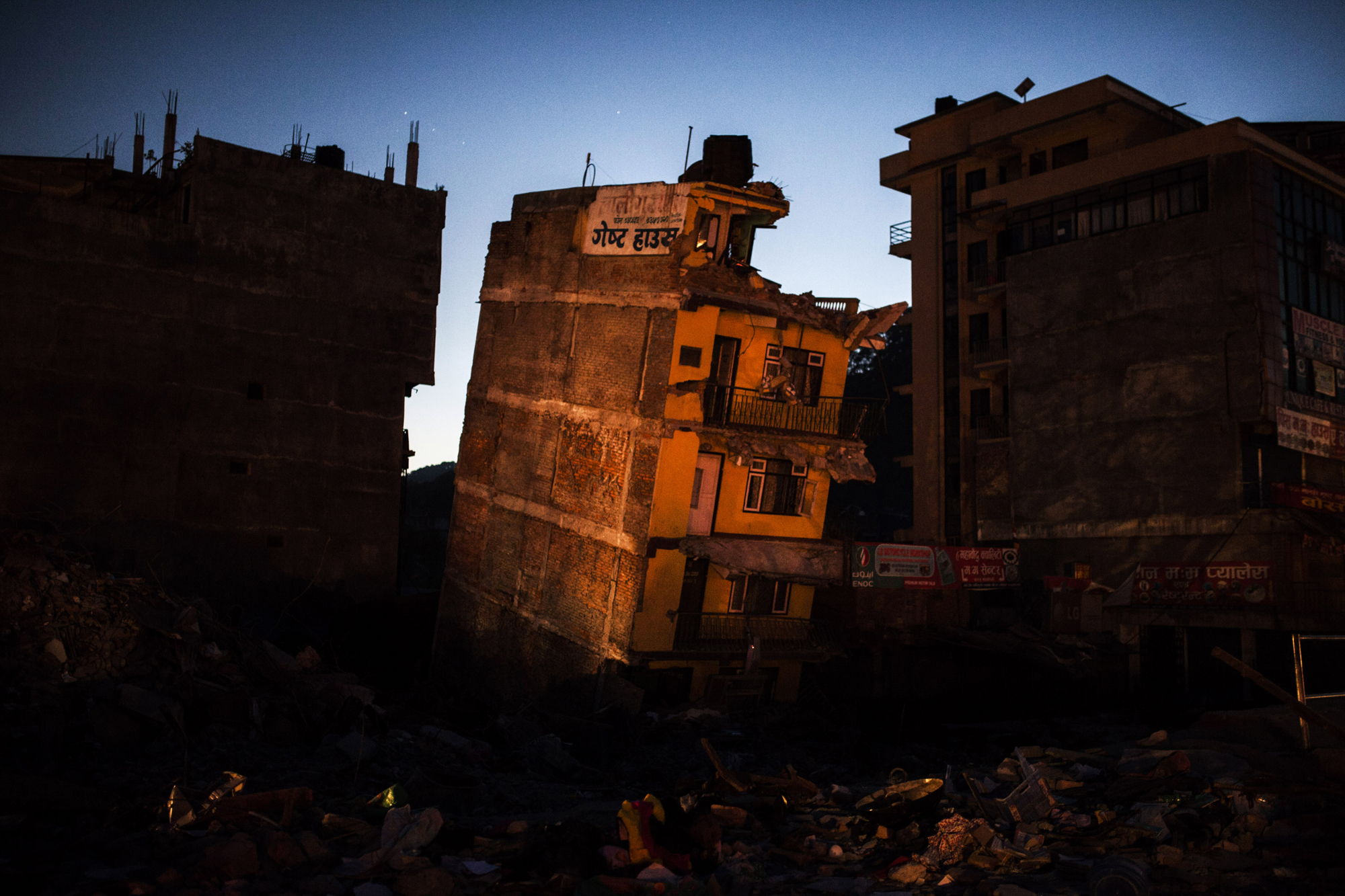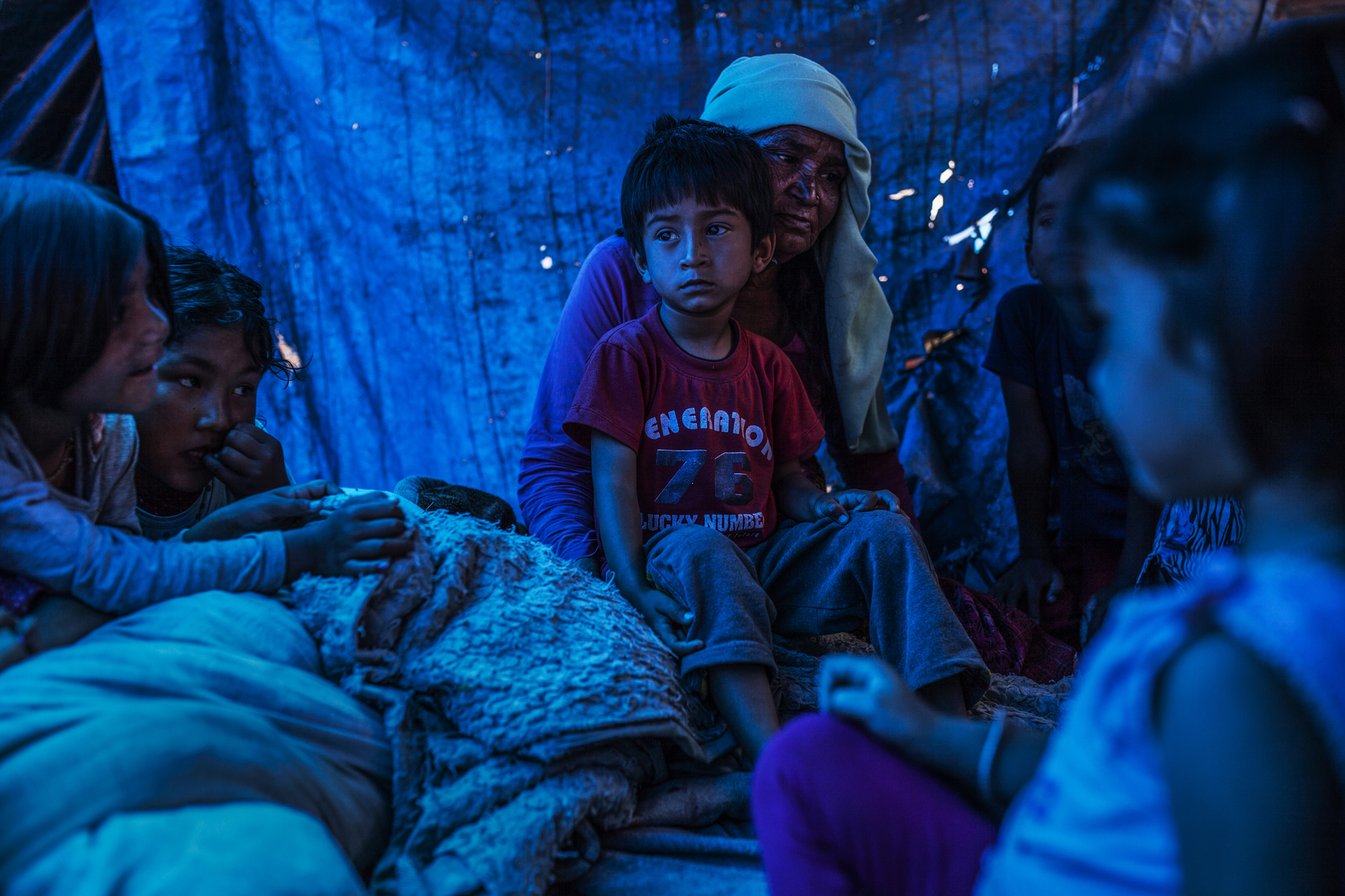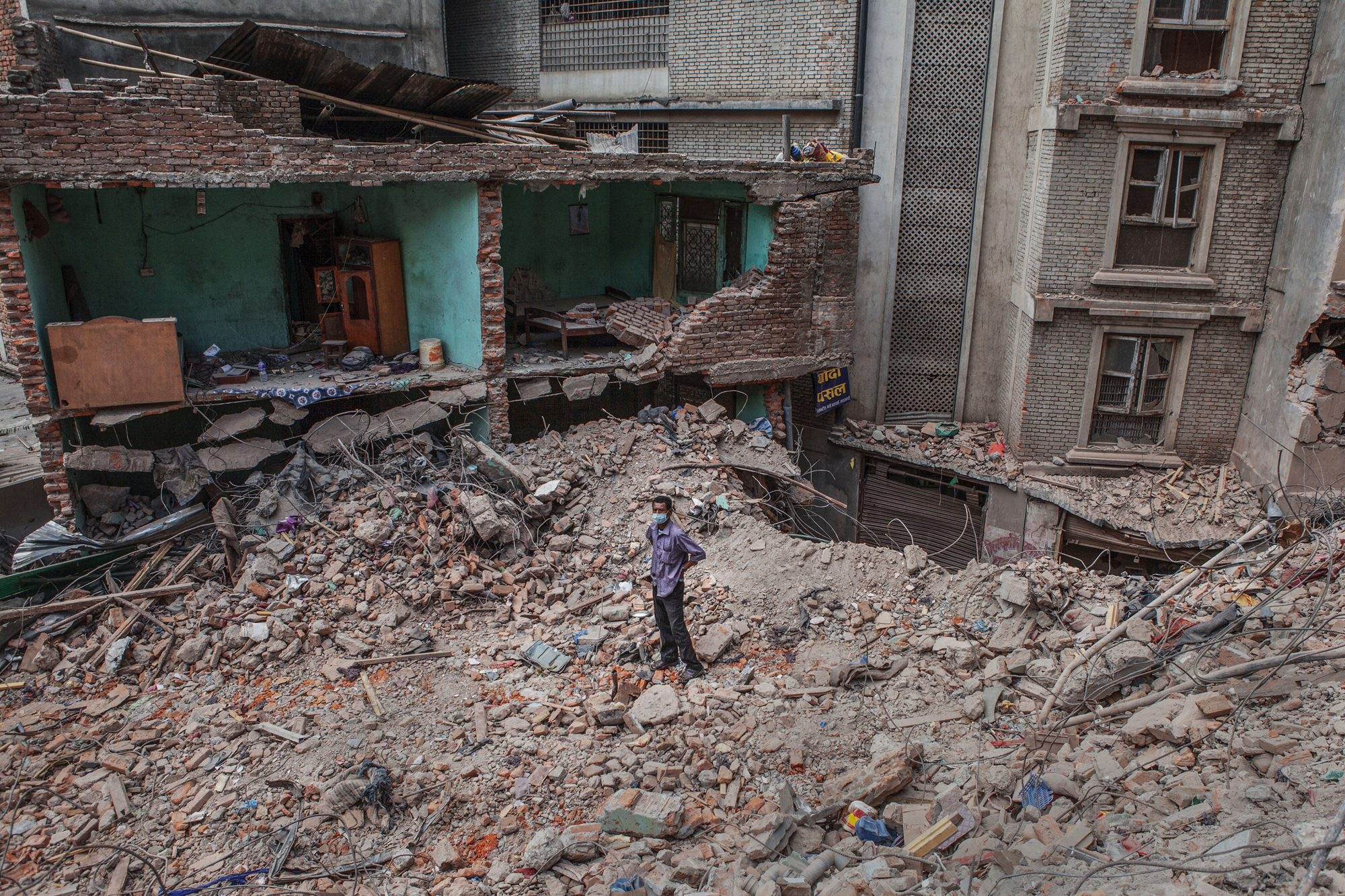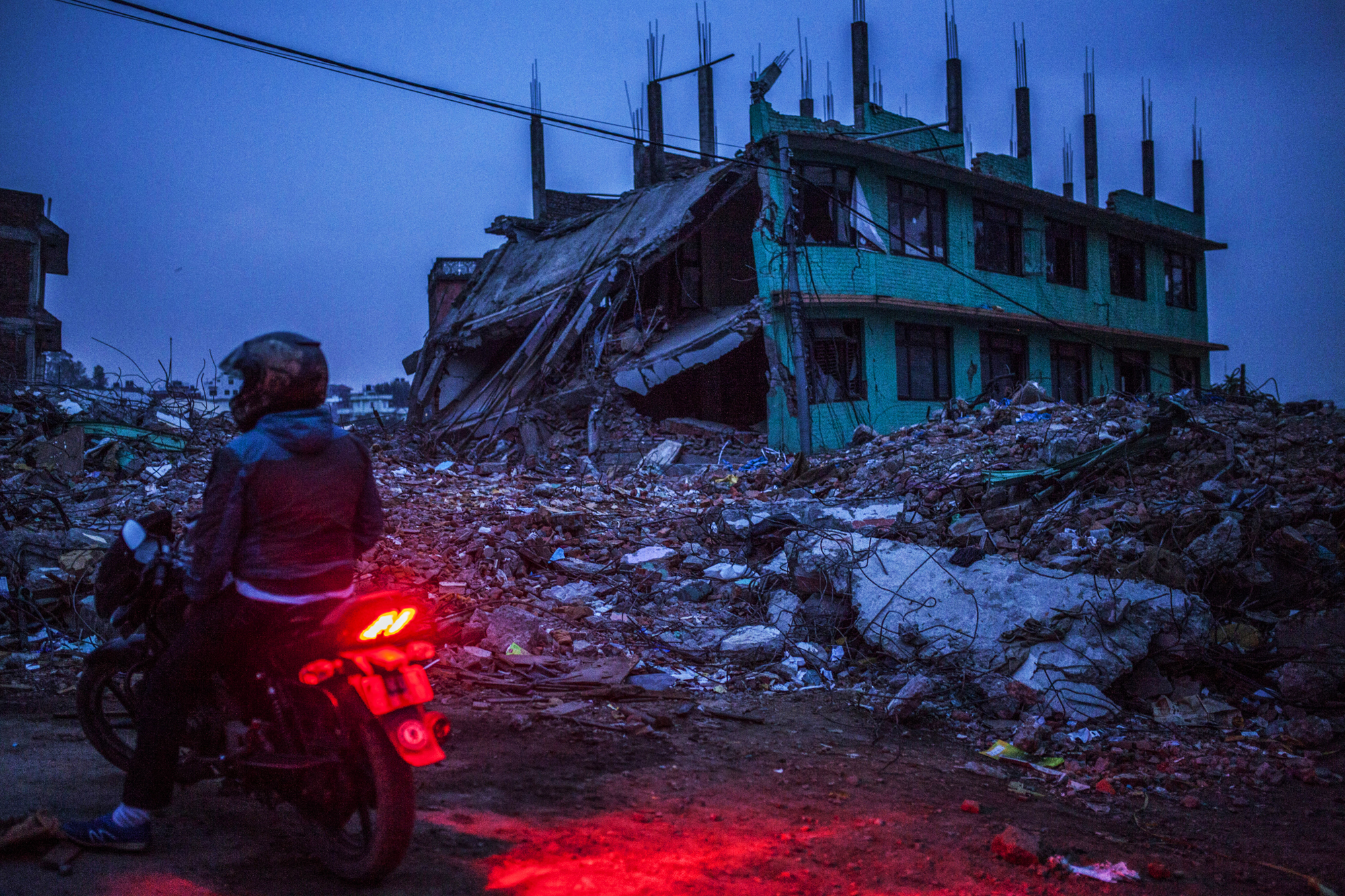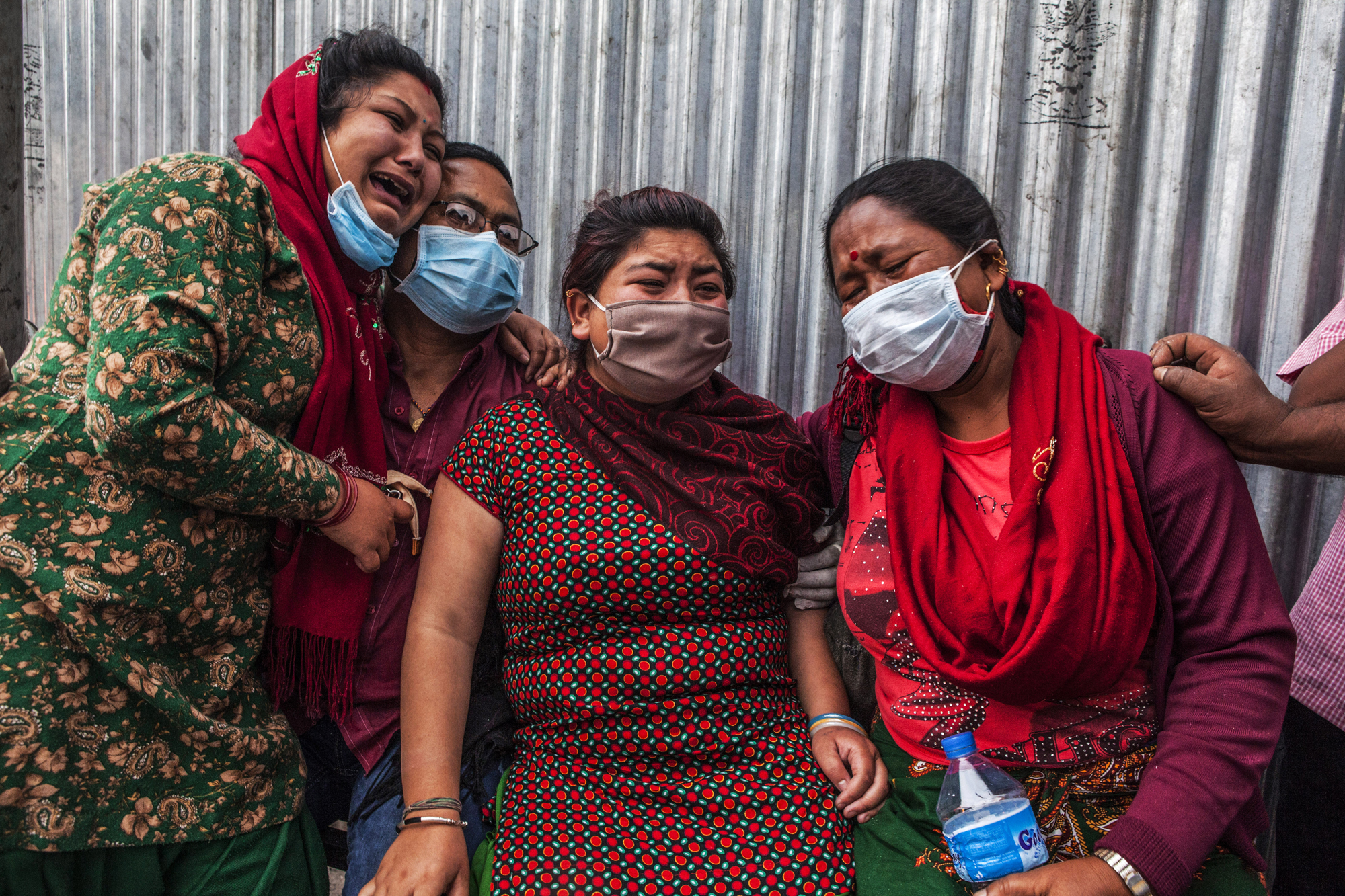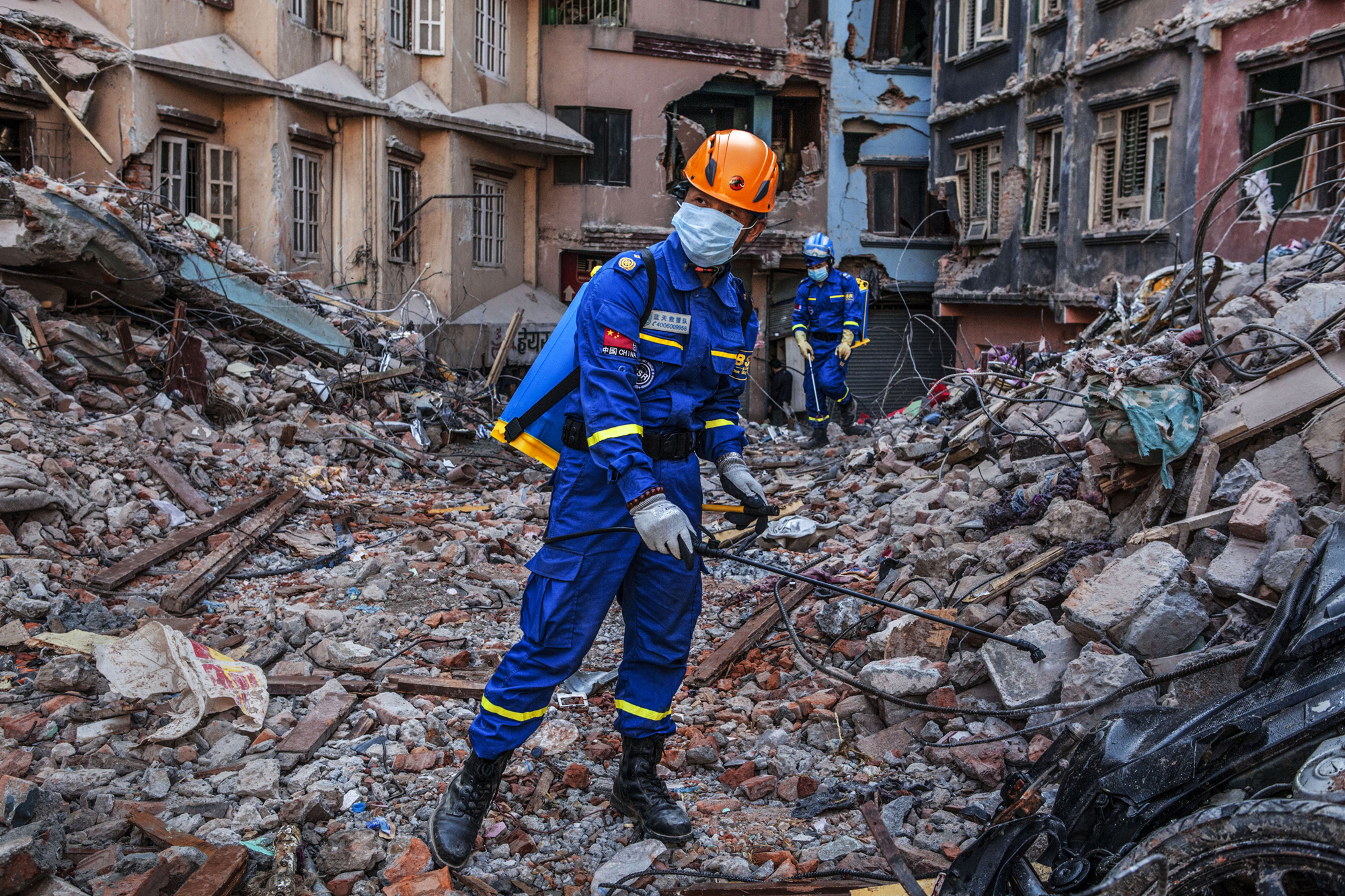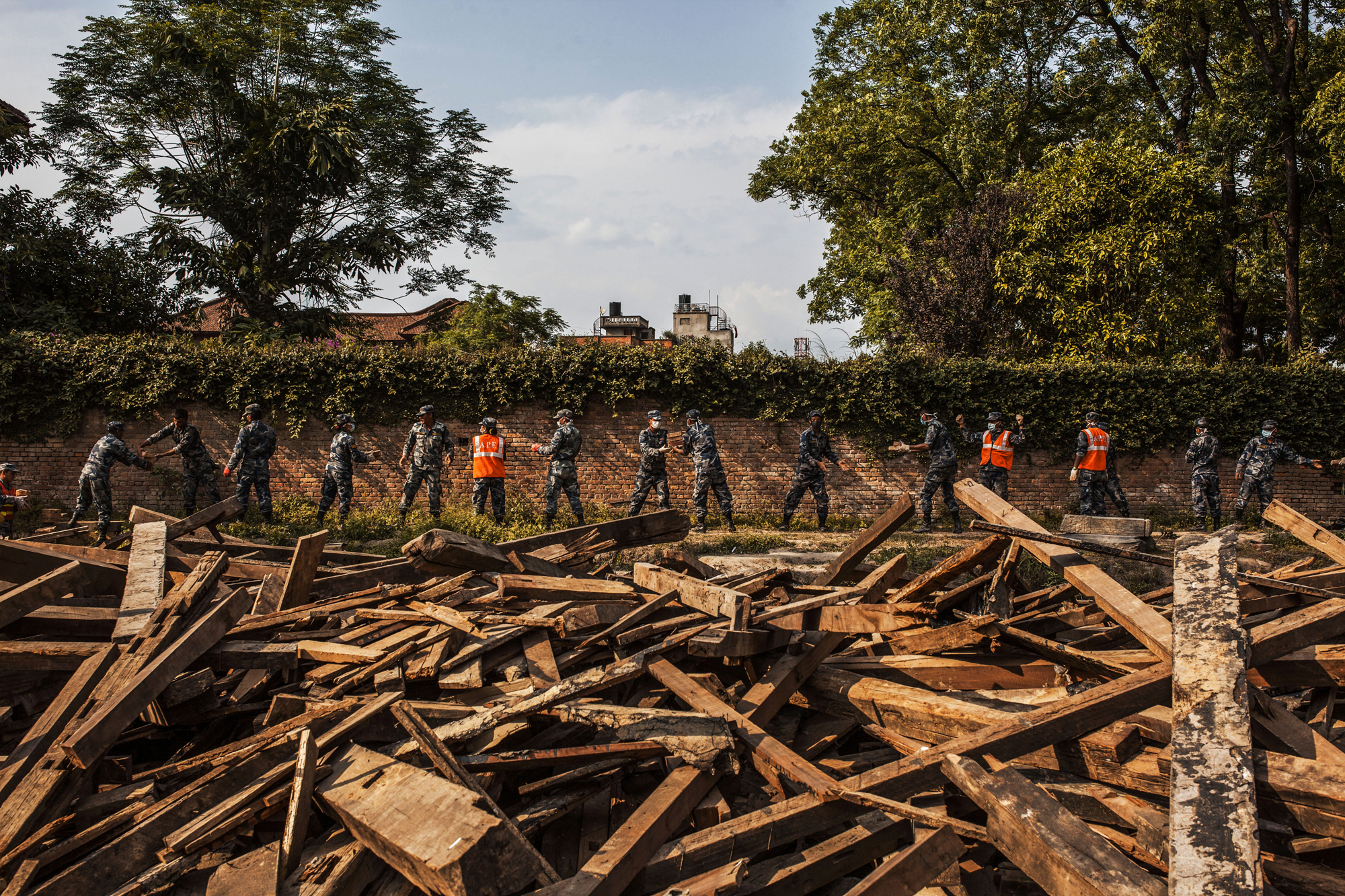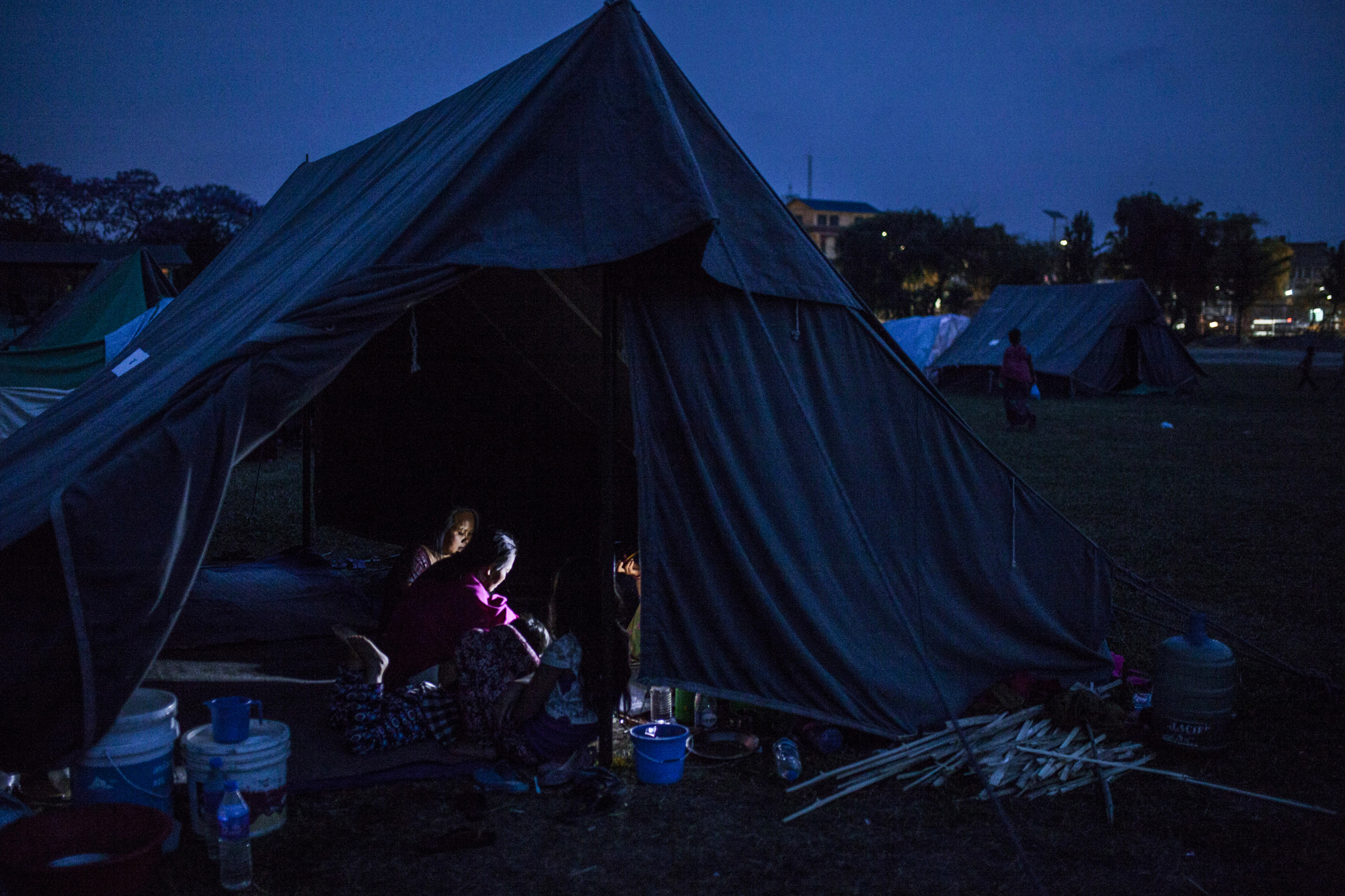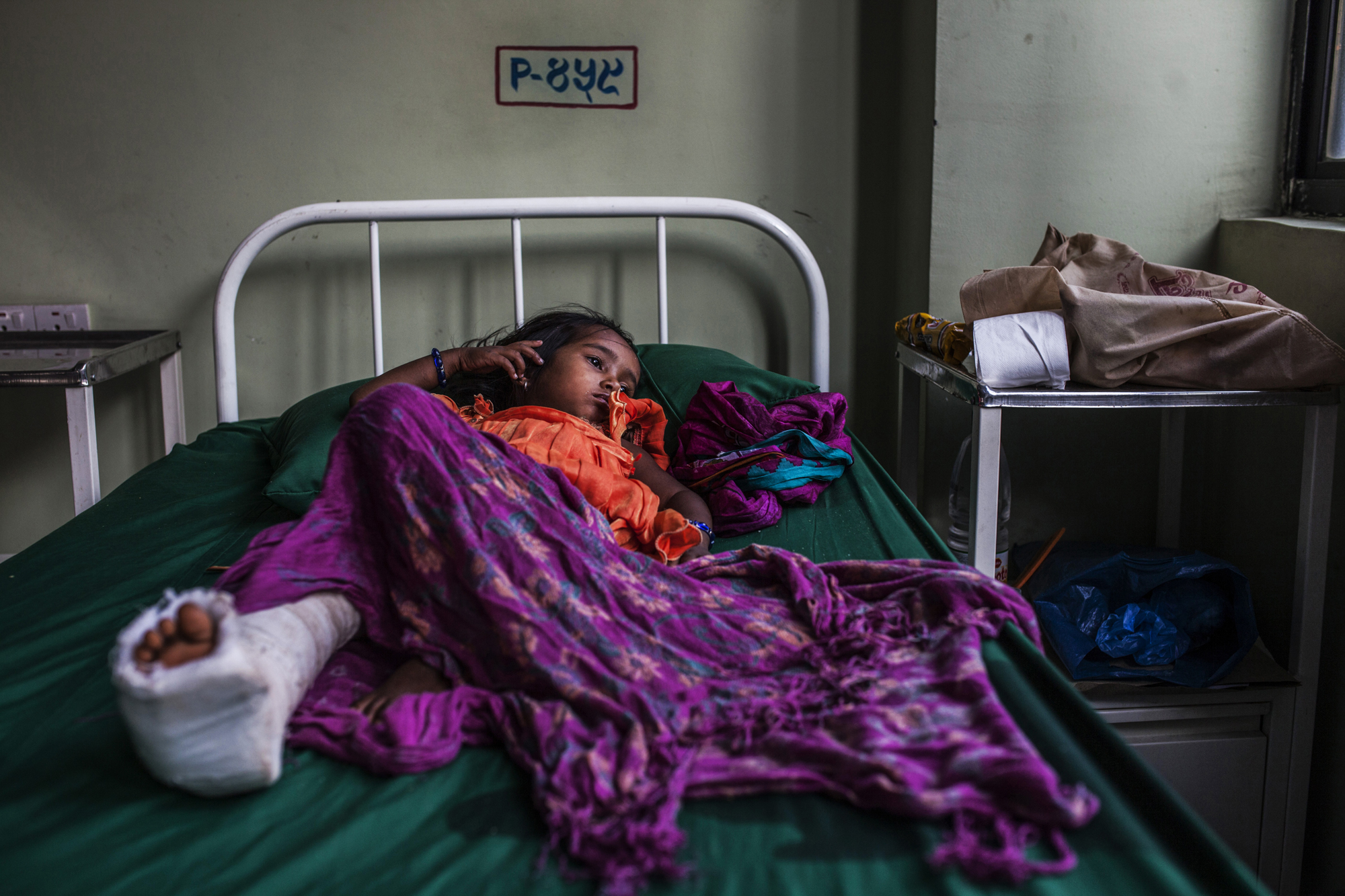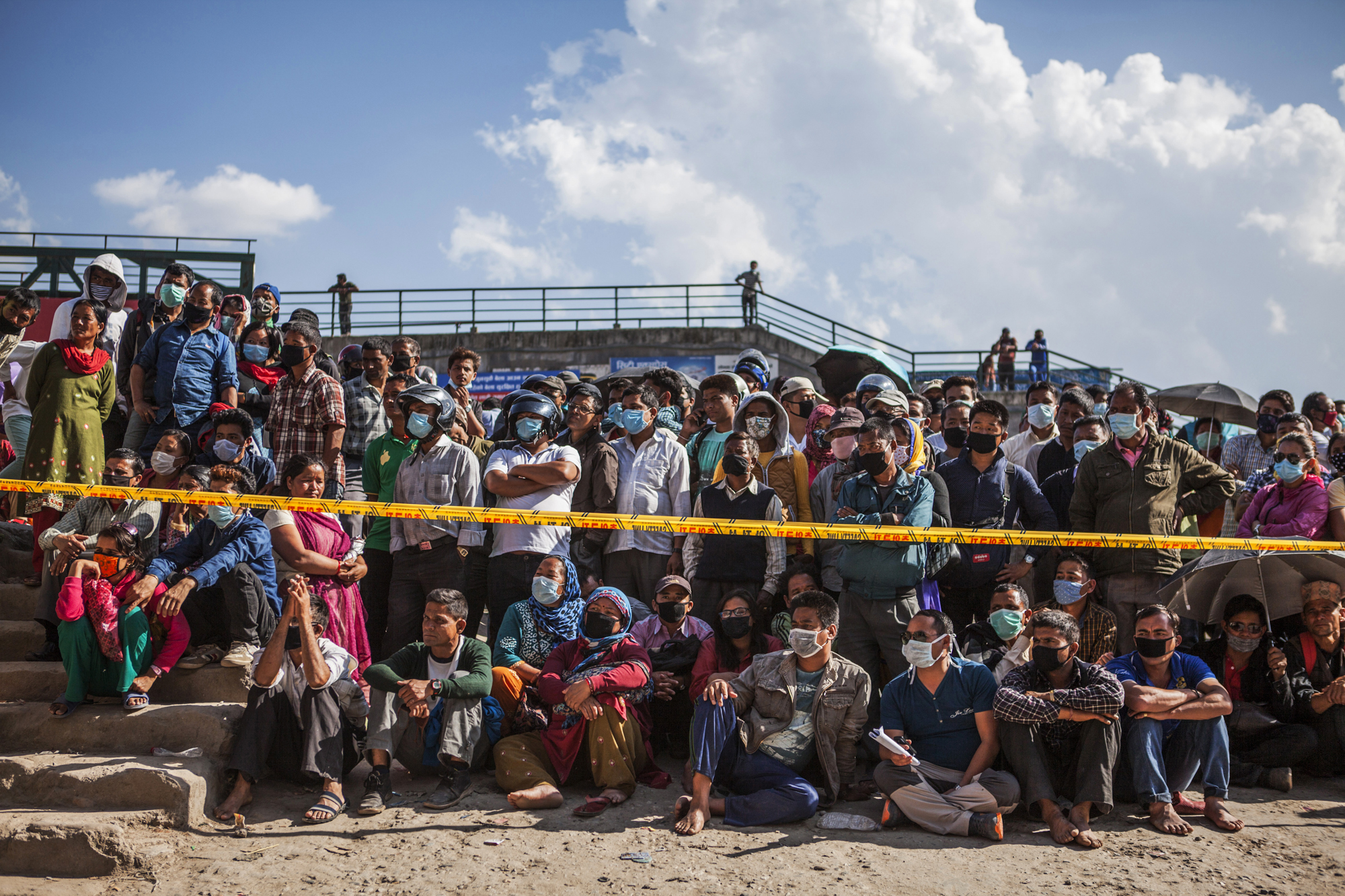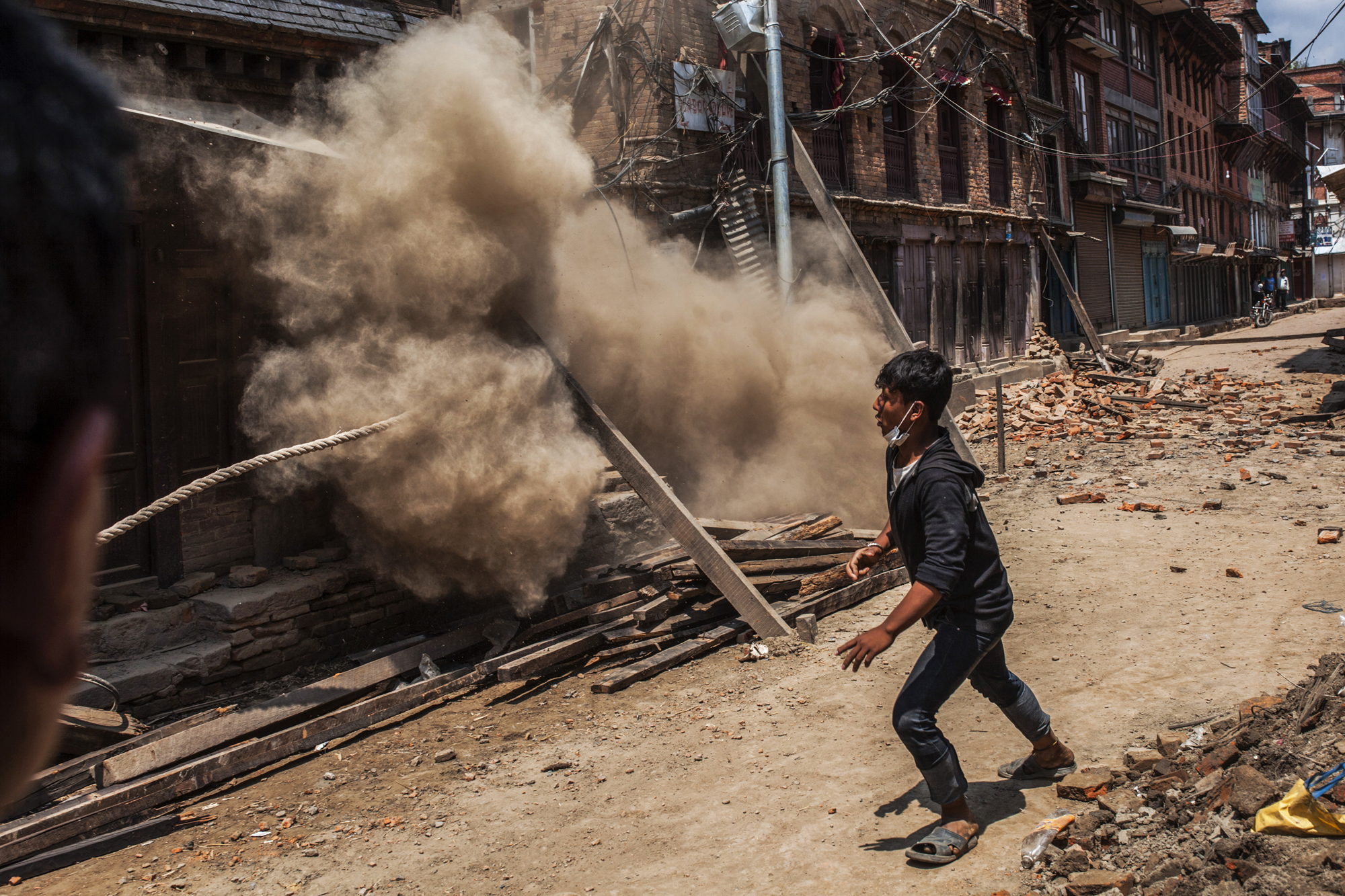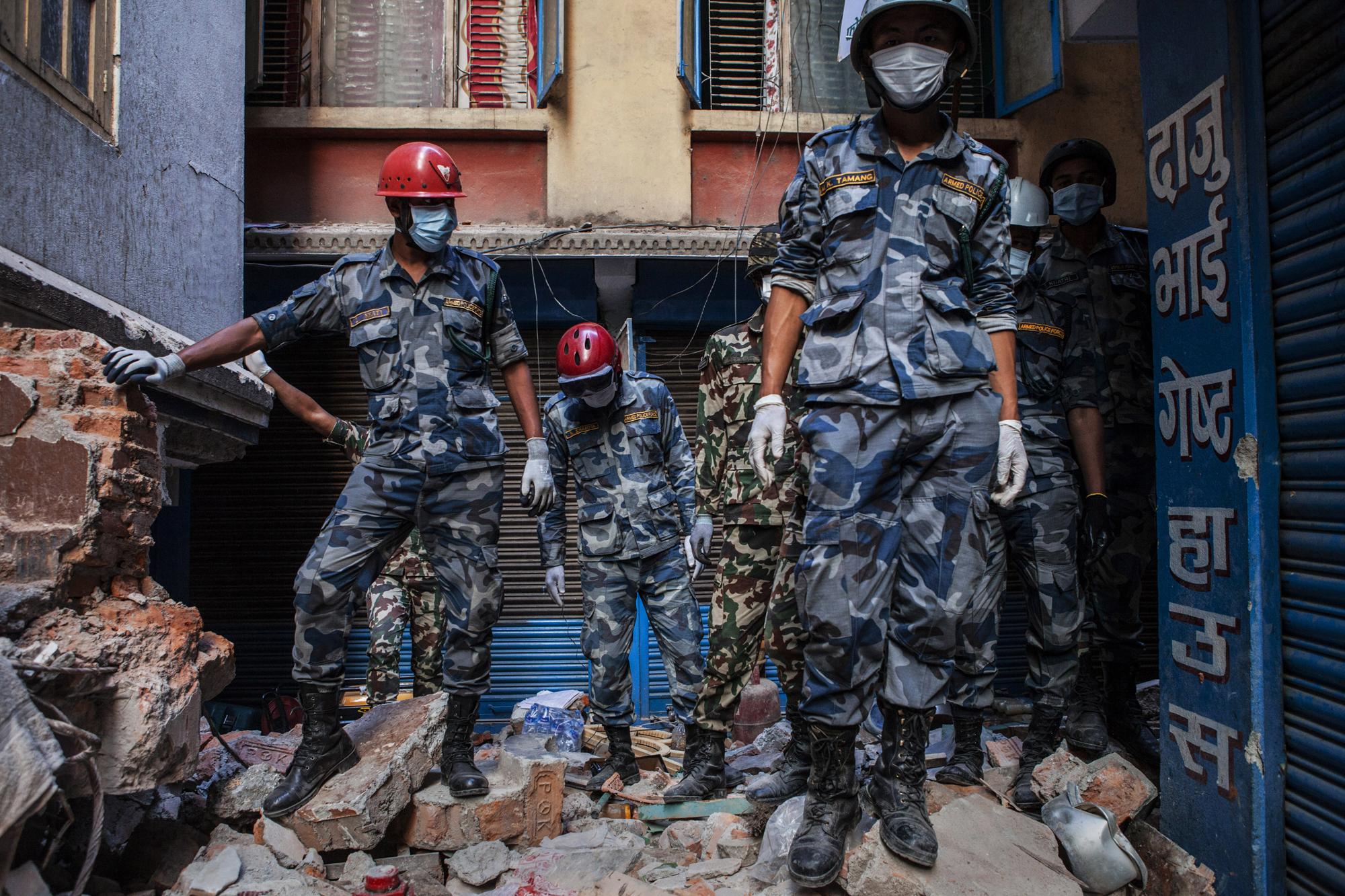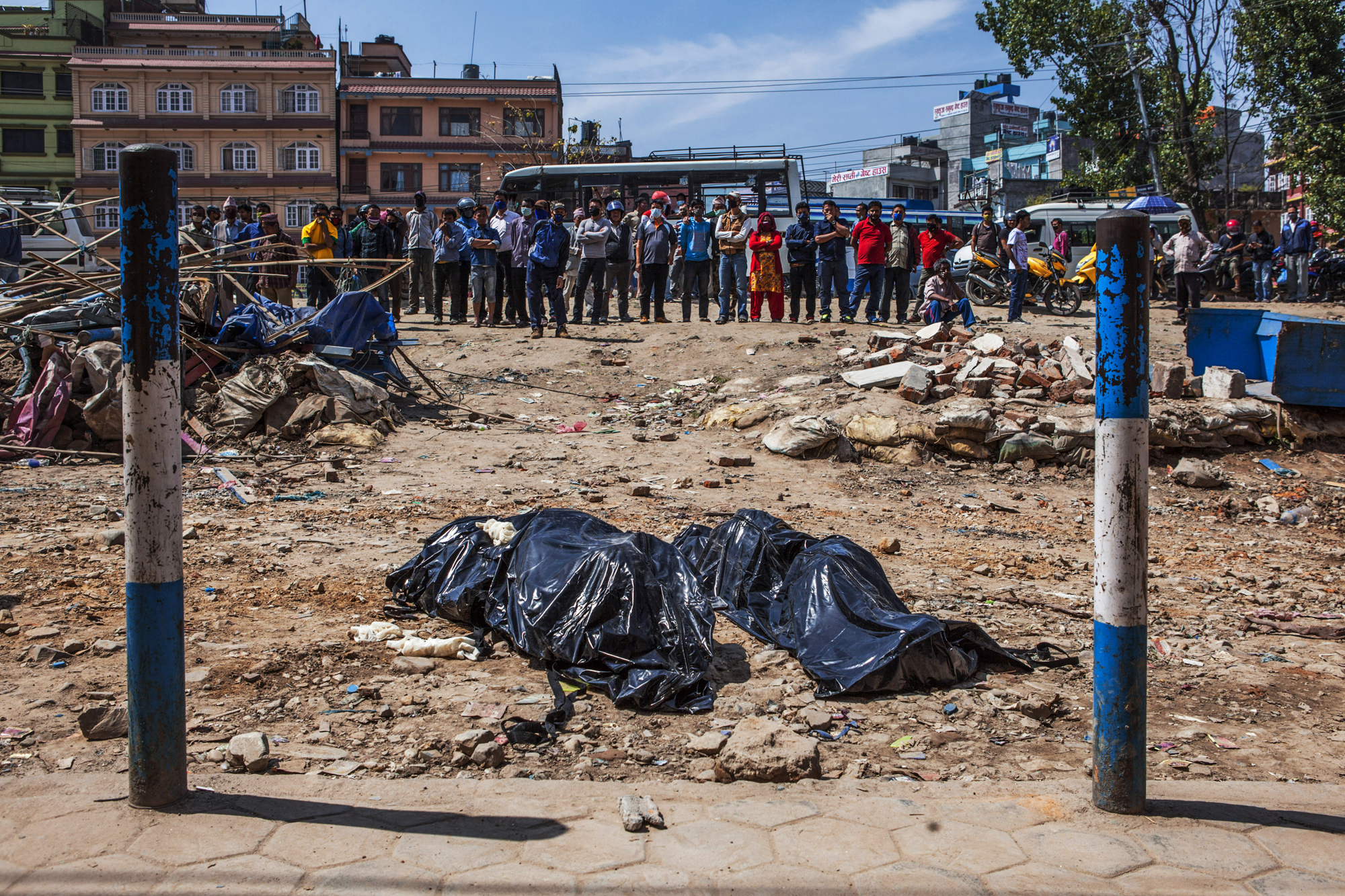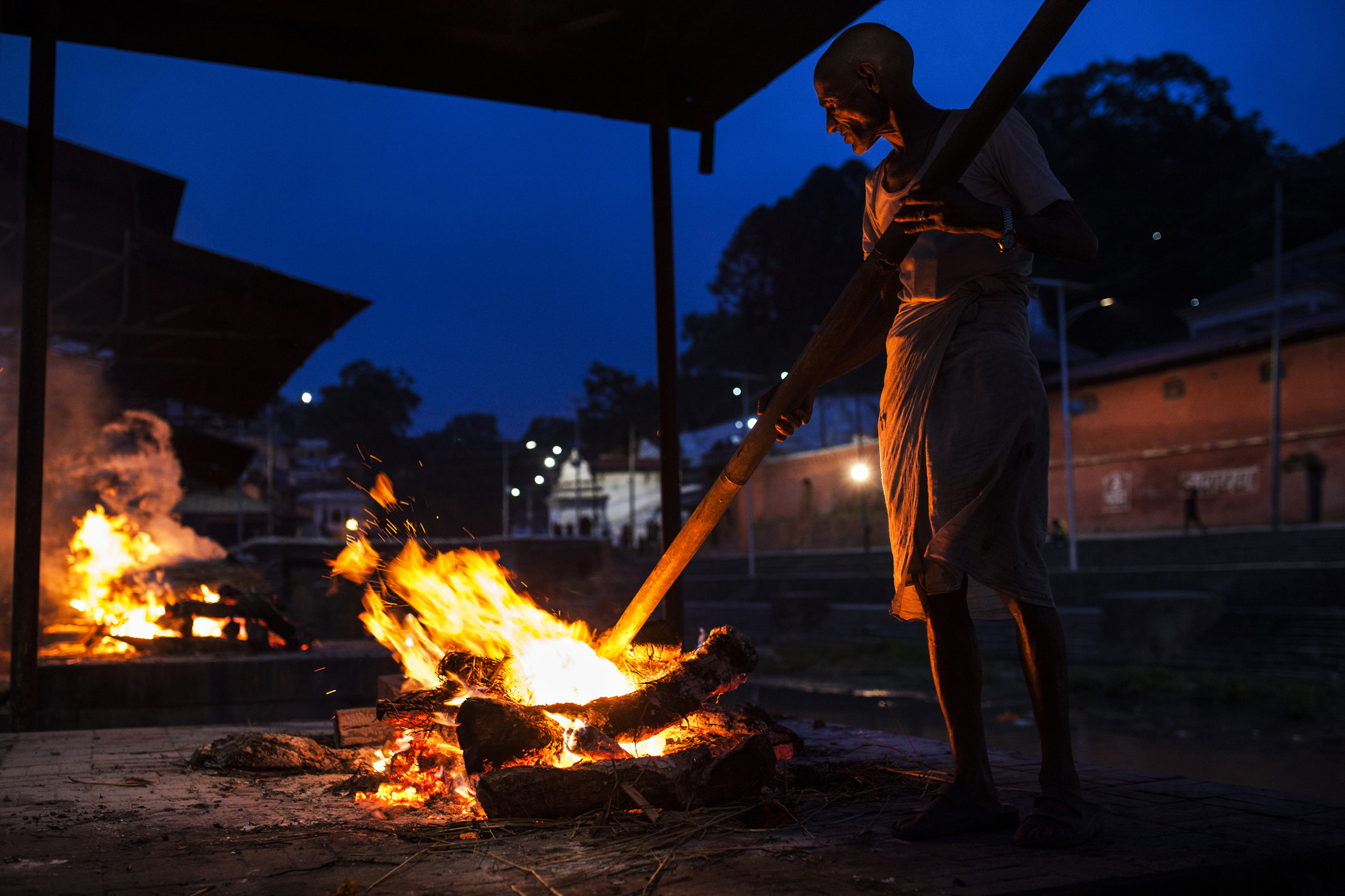Disaster in Nepal
On 25 April 2015, a magnitude 7.8 earthquake struck central Nepal and his capital Kathmandu, killing over 8000 people, and injuring more than 23,000. It was the worst natural disaster to strike Nepal since the 1934. Hundreds of thousands people were made homeless with entire villages flattened, across many districts of the country. Many buildings collapsed, temples have been ruined, roads destroyed. Centuries-old buildings were destroyed at UNESCO World Heritage sites in the Kathmandu Valley, including some at the Kathmandu Durbar Square, the Patan Durbar Squar and the Bhaktapur Durbar Square. Geophysicists had warned for decades that Nepal was vulnerable to a deadly earthquake, particularly because of its geology, urbanization, and architecture. The earthquakes was even felt in Pakistan, India and Bangladesh. The quake was followed by more than 200 aftershocks occurred throughout Nepal within 15–20 minute intervals. A major aftershock occurred on 12 May with a moment magnitude of 7.3 and more than 200 people were killed and more than 2,500 were injured by this aftershock.d injuring more than 23,000. It was the worst natural disaster to strike Nepal since the 1934. Hundreds of thousands people were made homeless with entire villages flattened, across many districts of the country. Many buildings collapsed, temples have been ruined, roads destroyed. Centuries-old buildings were destroyed at UNESCO World Heritage sites in the Kathmandu Valley, including some at the Kathmandu Durbar Square, the Patan Durbar Squar and the Bhaktapur Durbar Square.

